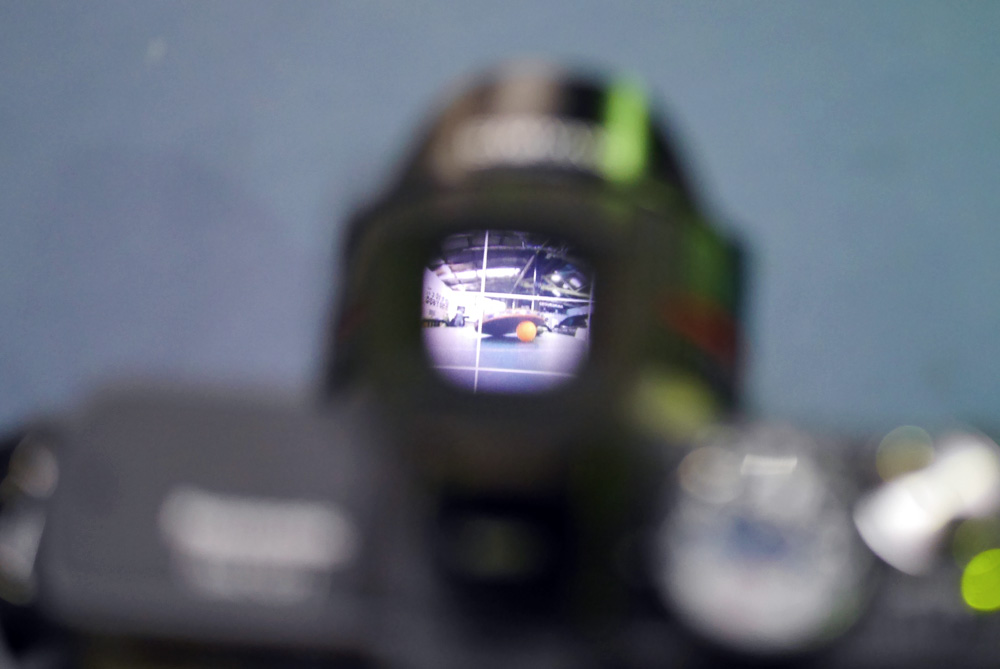
The Canon web site includes the viewfinder specifications: The image erector, the screen and the reflex mirror (not to mention the optics used at the eyepiece) are all places where a camera maker can save a buck or two when making an entry-level camera. Again, I don't know if there is a significant difference in transmissivity between the various models of camera, but it wouldn't surprise me if there were. The reflex mirror is only partially silvered these days as well (it used to be just an ordinary front-silvered mirror in the Dark Ages).
#Viewfinder full
I don't know enough about the actual construction of the screens in the various Canon models to say for sure whether that's a contributing factor in your case, but I do know that back in the day the Minolta Acute Matte screen was brighter than other designs by a significant enough margin (nearly a full stop of apparent brightness compared to the screens Nikon and Canon were using) that Hasselblad licensed the technology for their medium format cameras. The focusing screen makes a difference as well. (The 60D, 7D, 5D, 1D and 1Ds all use a pentaprism.) And unlike a prism, they get worse rather than better the further away from the normal angle you get. Mirrors are nowhere near as efficient as total internal reflection within a prism, but they are a whole lot cheaper. First is the fact that your camera uses a pentamirror rather than a pentaprism to orient the viewfinder image so up is up and left is left.

There are a few things conspiring against you.


 0 kommentar(er)
0 kommentar(er)
